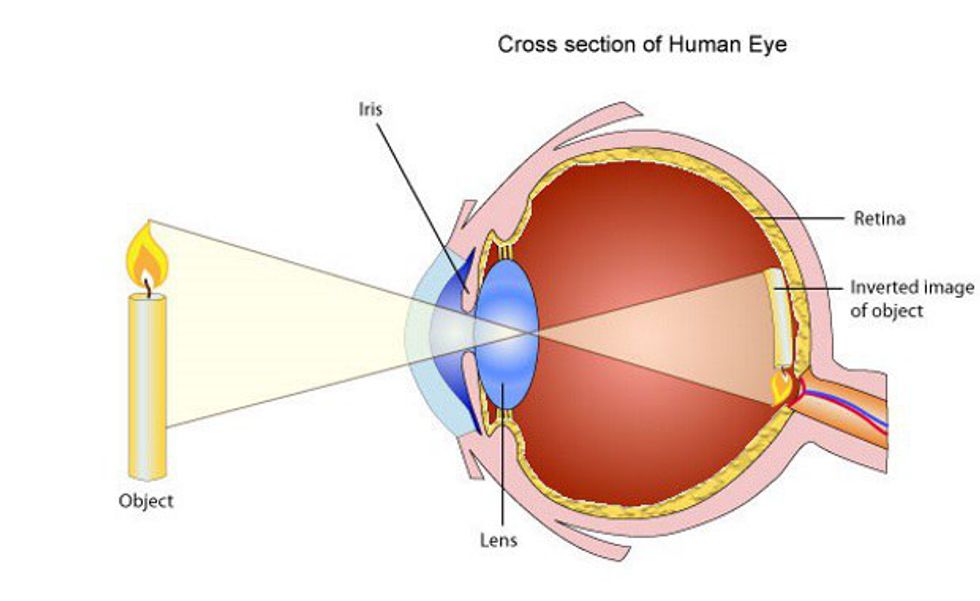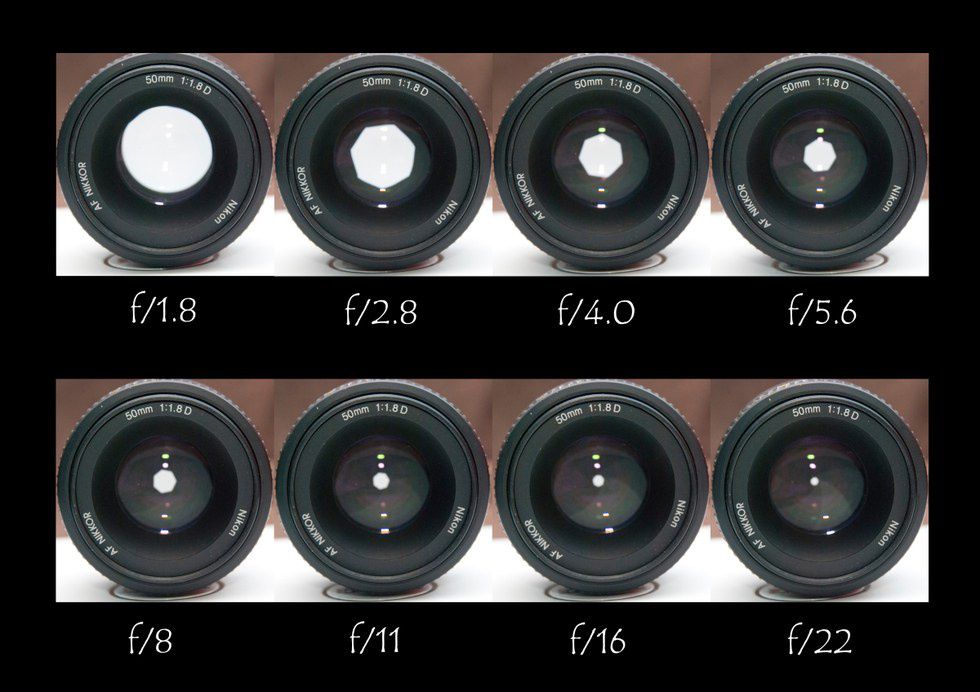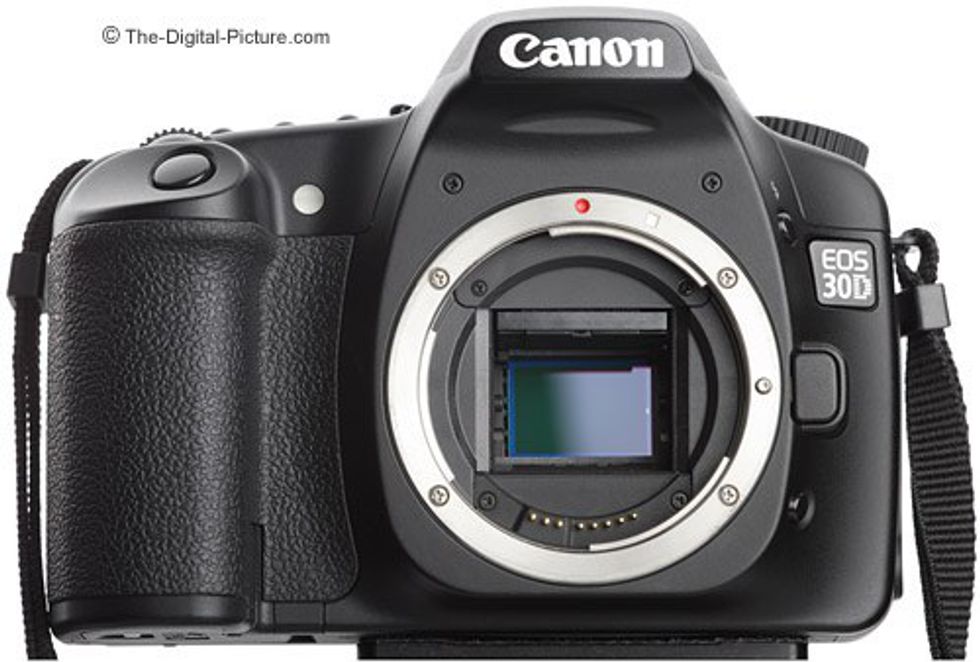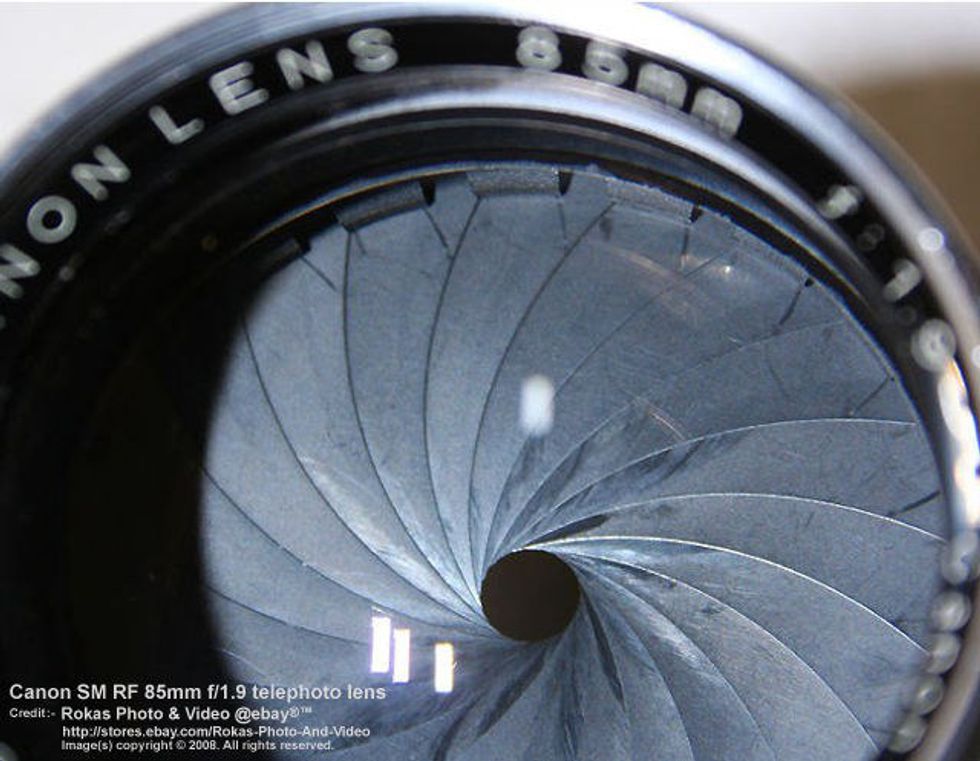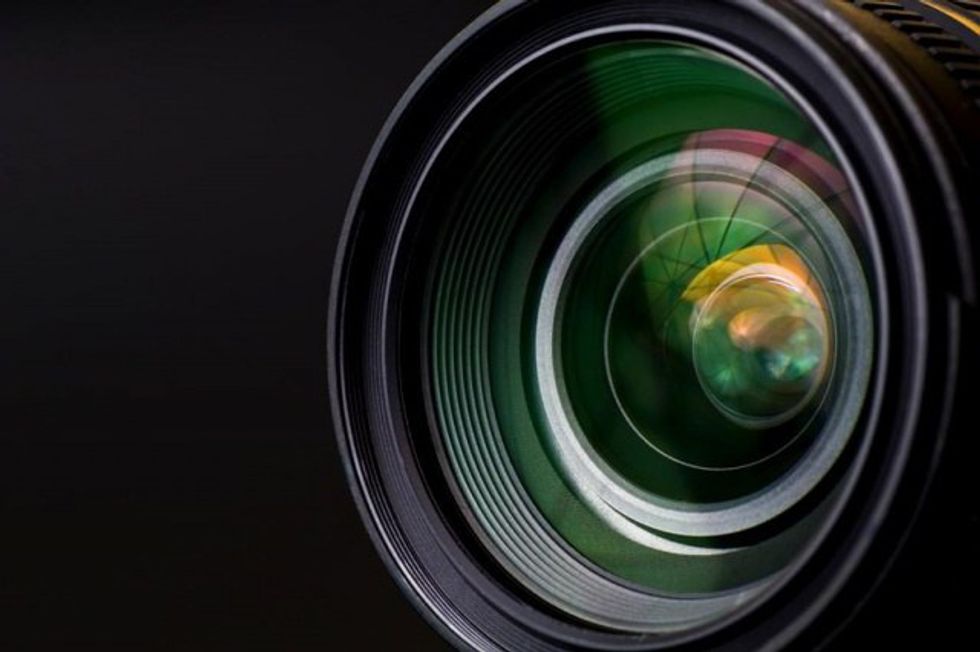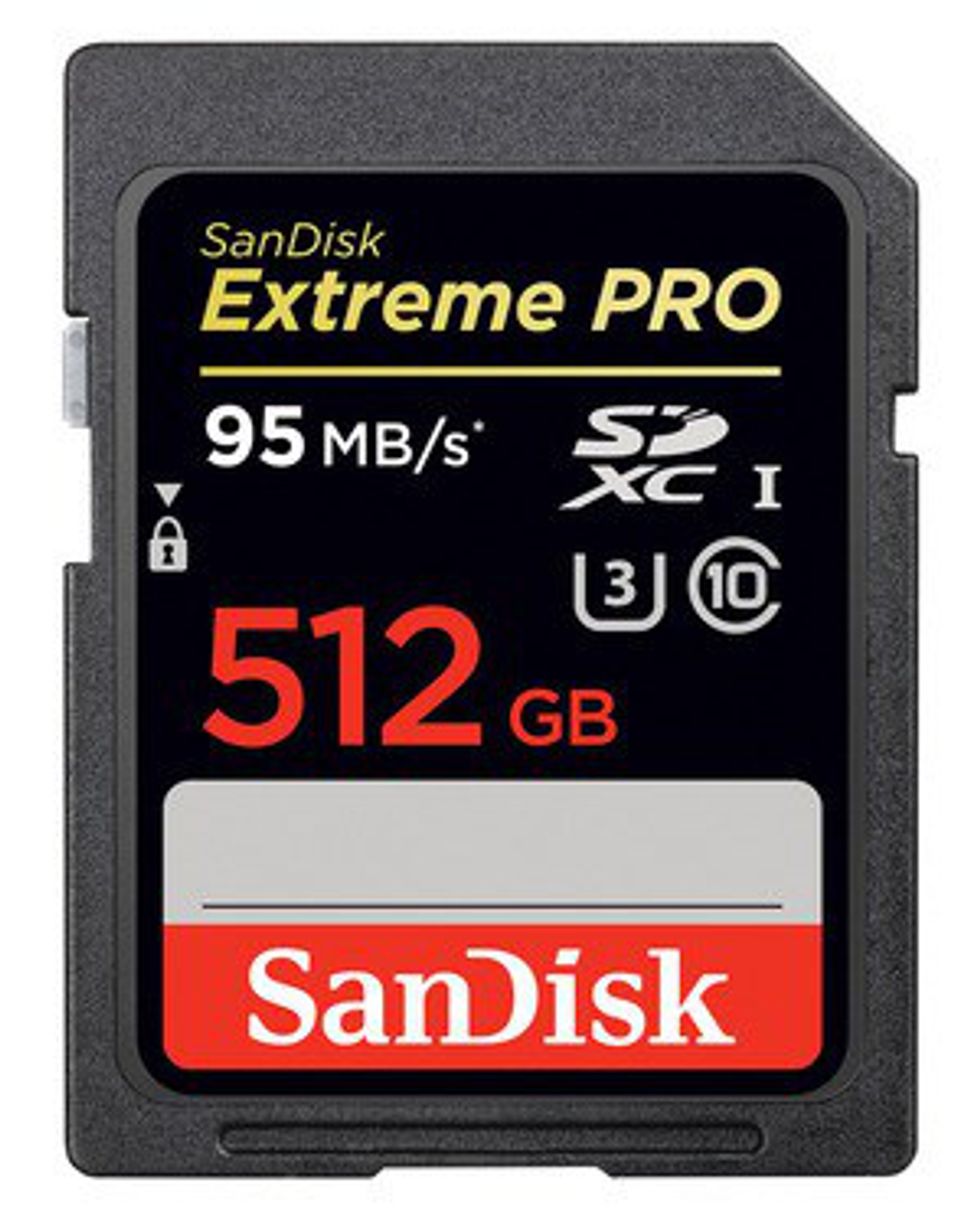During my first photography trip abroad to Panama, I was trying to wrap my head around the mechanics of my camera. I was having trouble remembering each part of the camera in relation to taking pictures. It finally dawned on me how similar my eye was to the camera I was using. Each part became easier to use when I had something to compare it to. I hope these comparisons help you think of your camera as more than just a box to take selfies with!
Inverted images (function of brain and the mirror of a camera)
A little-known fact about our eyes is that we actually see images upside down. This is due to the fact that the images we see refract through our convex lens, which then invert onto our retina, posing the question, "Why don't we see images upside down?" The answer lies in our brain. Our brain adapts to this inversion and adjusts this for us. Researchers have proposed the idea that when we are first born, our brain has not yet adjusted, which reinforces the idea that babies have no depth perception. The lens of the camera is also curved, refracting the image taken in. In the body of the camera, there is a mirror that acts as the brain and flips the inverted image upright.
Recommended for you
Aperture-Pupil
The aperture of a camera is an adjustable hole in the lens that is measured in f-stops. This feature of the camera acts like a pupil, seeing as how it opens wider when in low light and narrows when exposed to excessive amounts of light. Unlike the pupil, however, the aperture of the camera can be controlled manually. When the aperture is at its most open, objects closer are in focus and those further away are out of focus and vice versa when the aperture is more narrow.
Image Sensor-Retina
The image sensor of the camera is located in the back of the body of the camera. This image sensor is the part of the camera that catches the refracted light and displays the image on the LCD screen on the back of the camera when the picture is taken. Very similar to the image sensor is the retina, which is placed in the back of our eyes. The retina then sends this inverted image to the brain to be flipped upright.
Shutter-Eyelids
In a very real sense, the shutter of the camera blinks as our eyelids would do. The faster we blink, the less motion we capture. Alternatively, the longer we go without blinking, the more motion we can see. The same can be said about a camera, with the exception that when the shutter is left open for a relatively long amount of time, the motion is blurred. This blurring of motion, however, is not necessarily a bad thing. Many of the fantastic pictures we see of flowing water and light trails left by cars are made with a slow shutter speed.
Lens-Lens
Both the lens of the camera and the lens of the eye are curved. This curve is what initially inverts images being taken into the image sensor or retina before being corrected upright. The lens also has to be protected when not in use so a lens cap is placed on top, much like how we close our eyes when we sleep. Though the lens of the eye is not comprised of different pieces of glass ornately cut for different lenses, each eye is unique in its own way!
Hippocampus-Memory Card/Film
This is probably the most important part of the camera, seeing as how everything you take is stored here. The same can be said about your hippocampus in the brain. It is a pretty well-known fact that the hippocampus is in charge of our memory, much like the SD card or film roll in a camera is in charge of all of the pictures you take.




